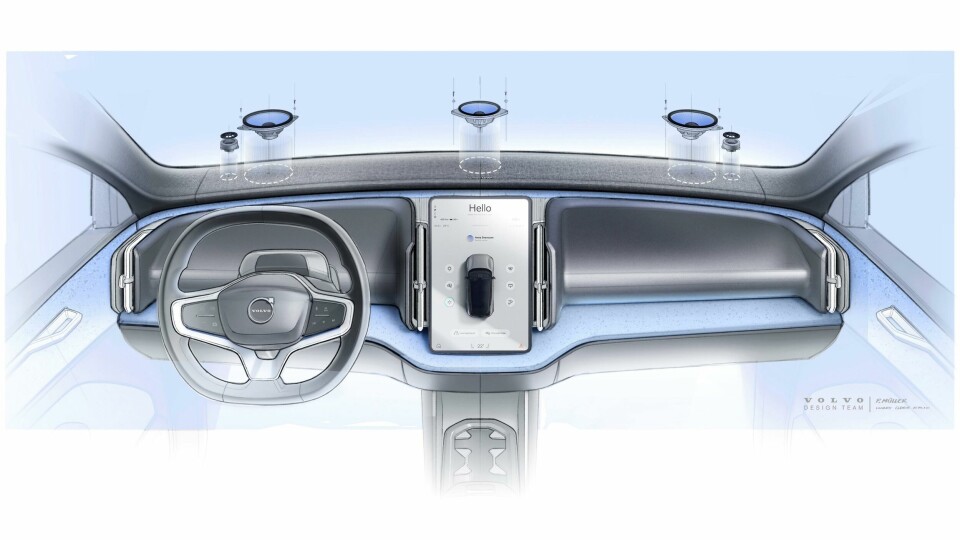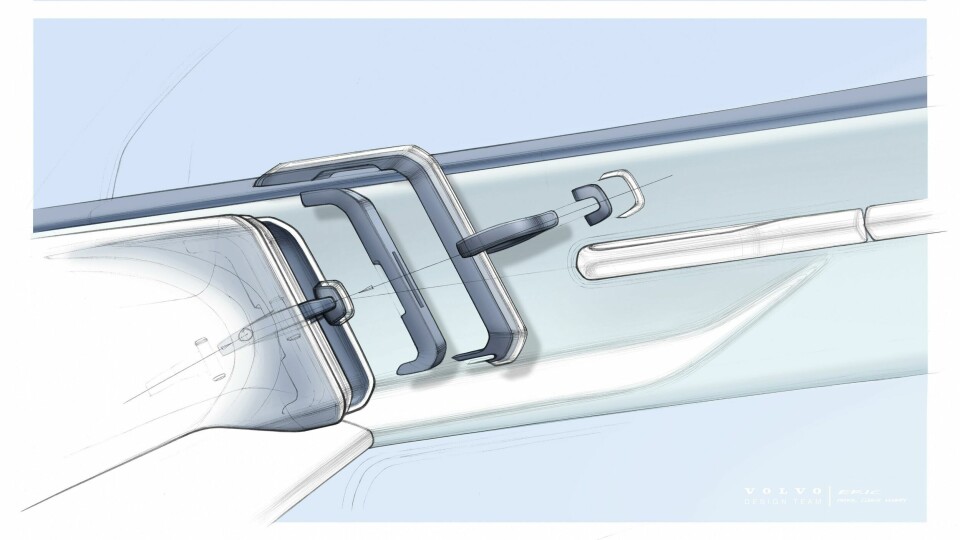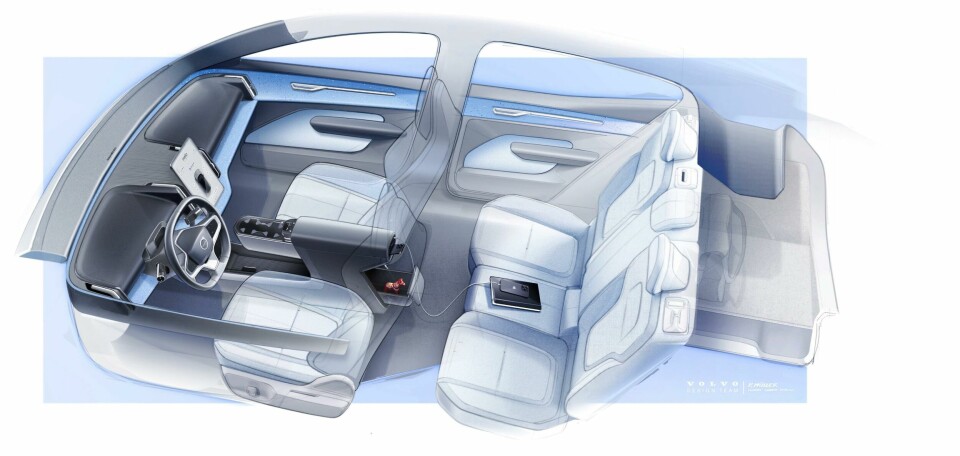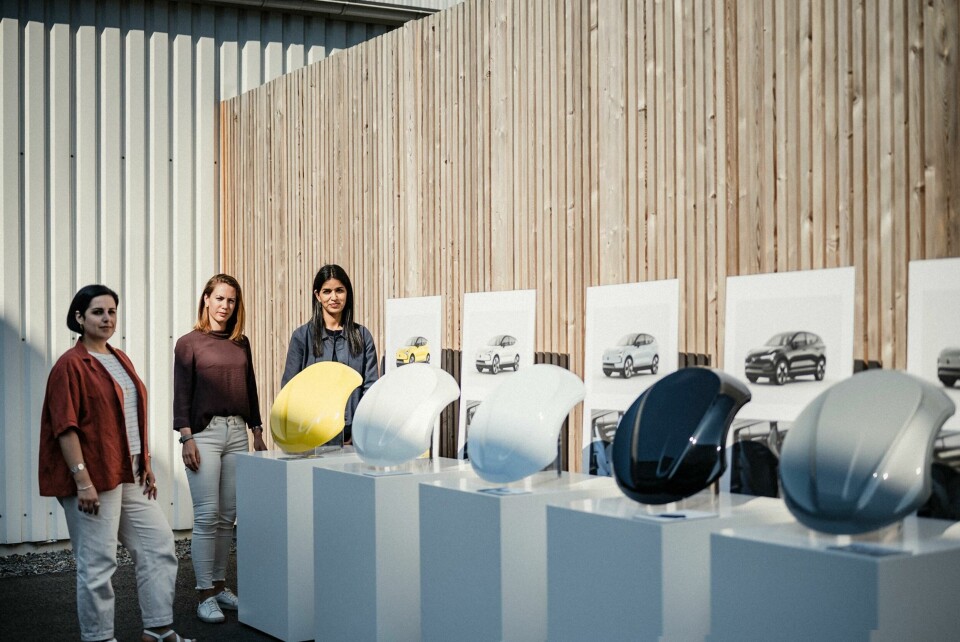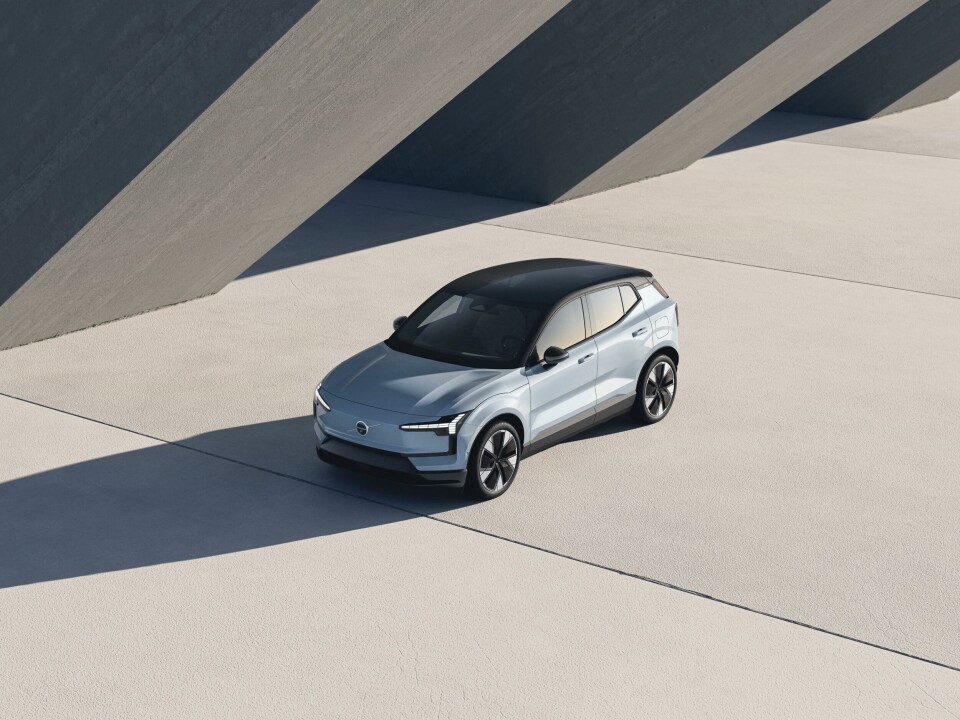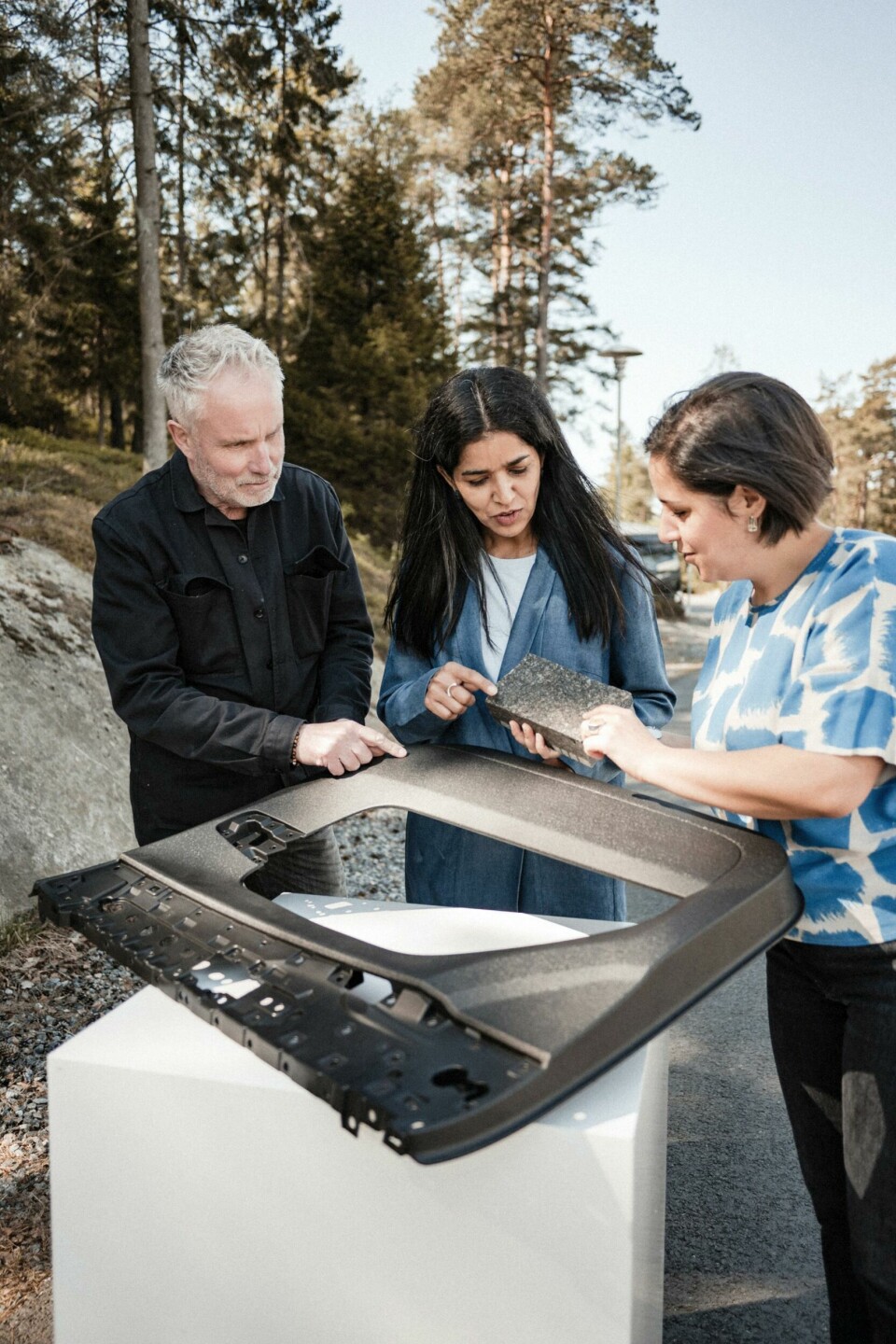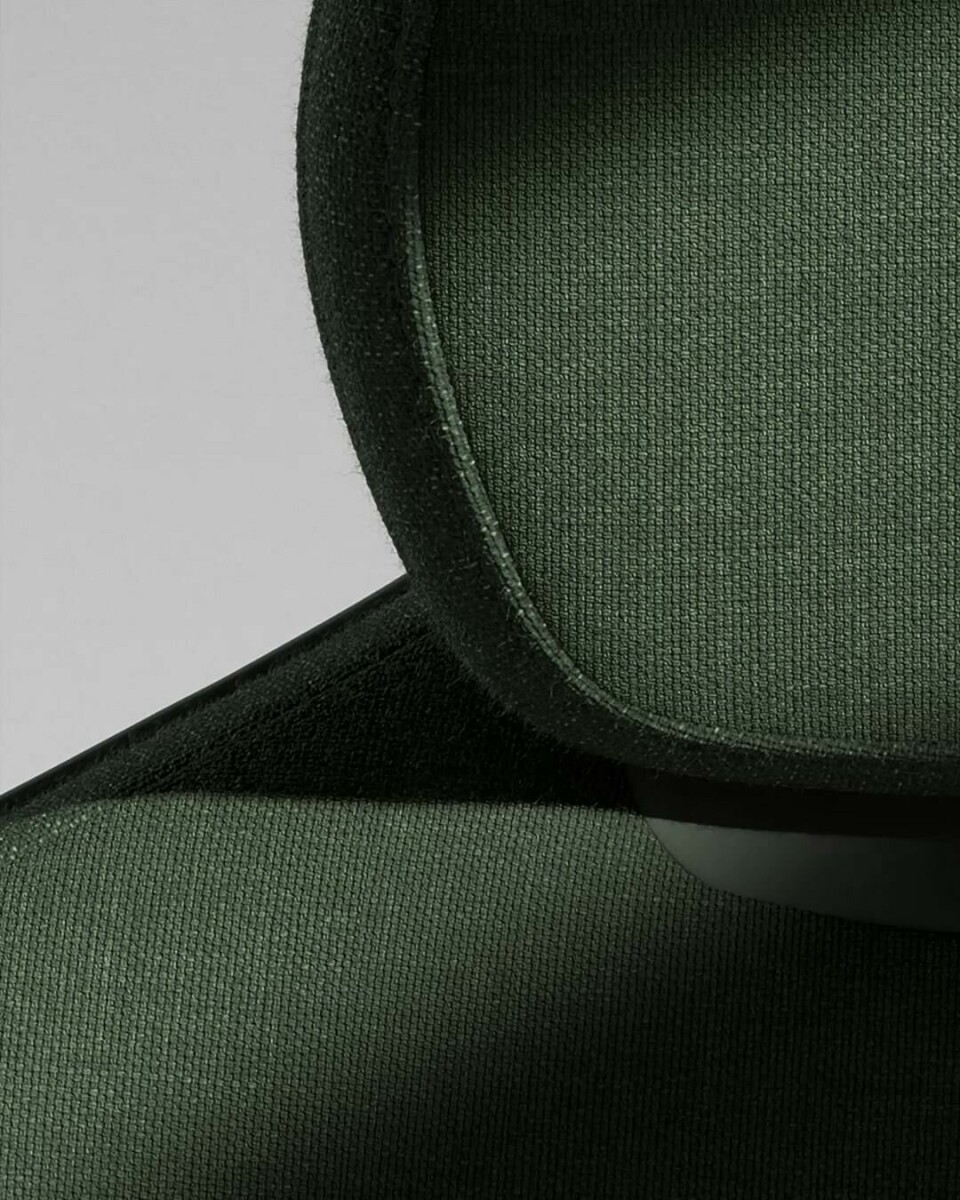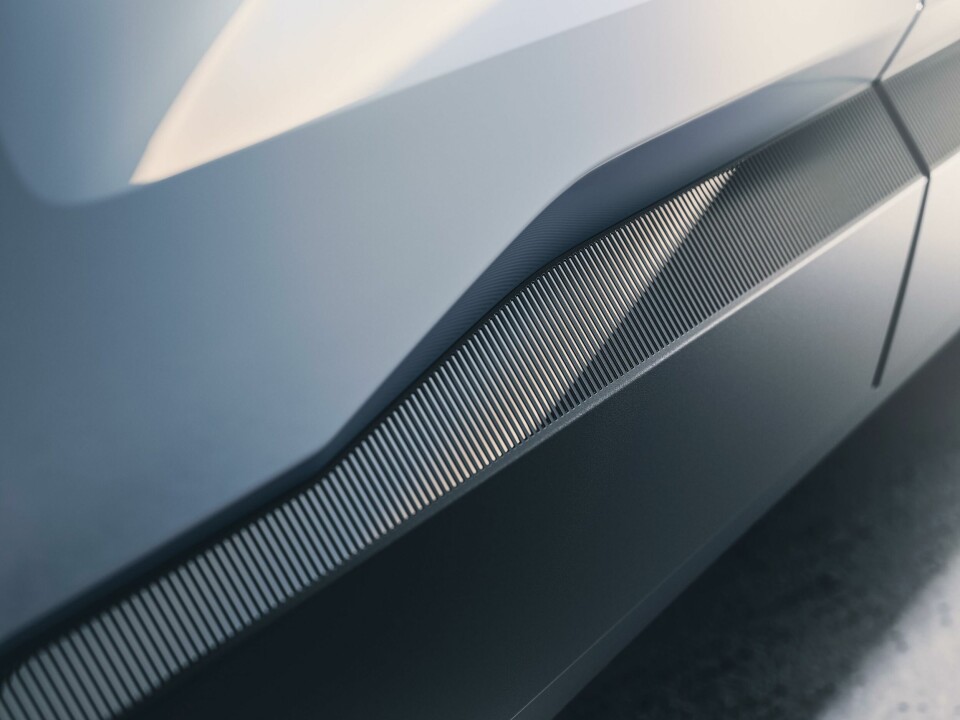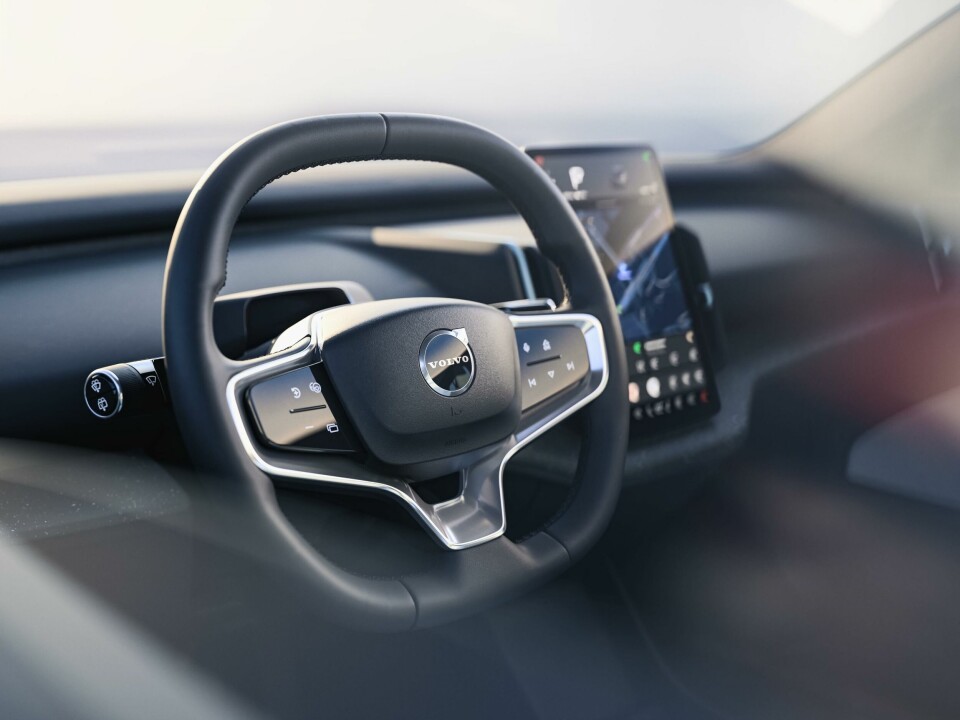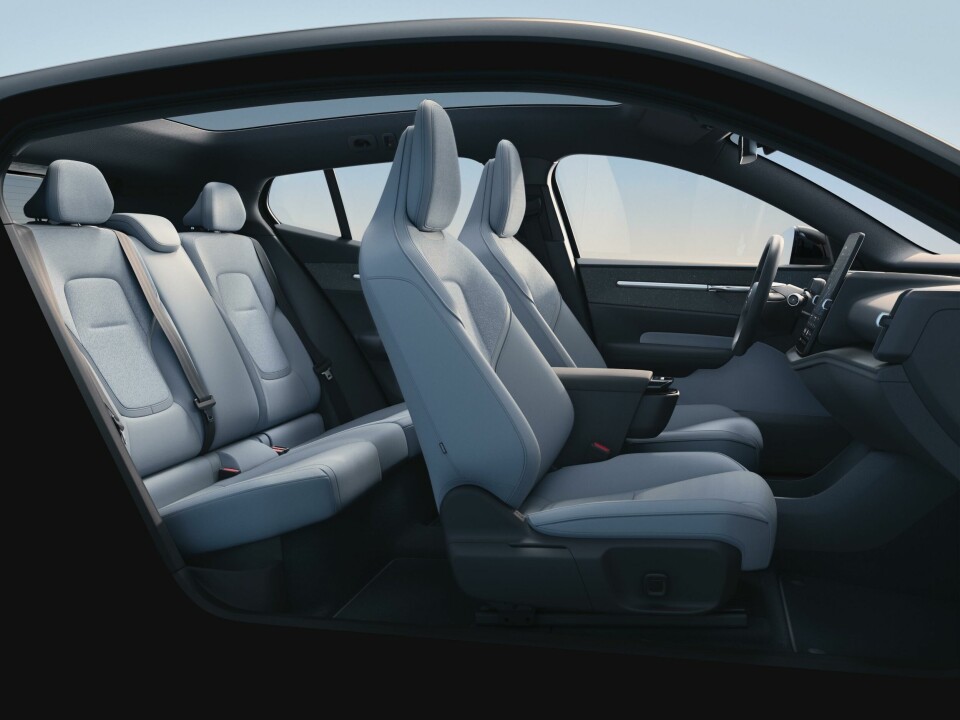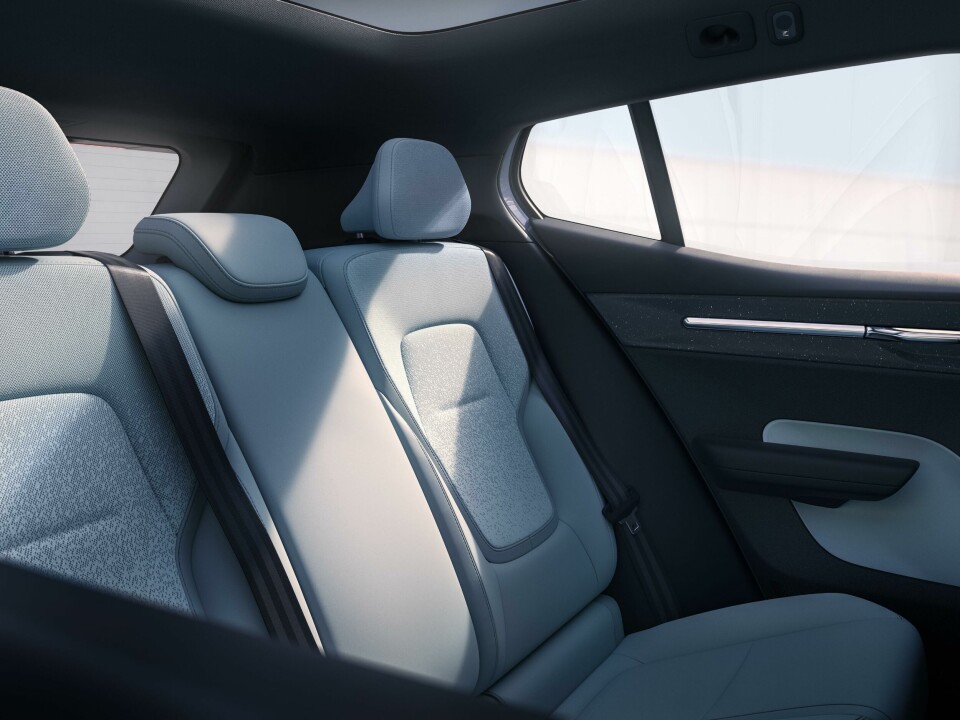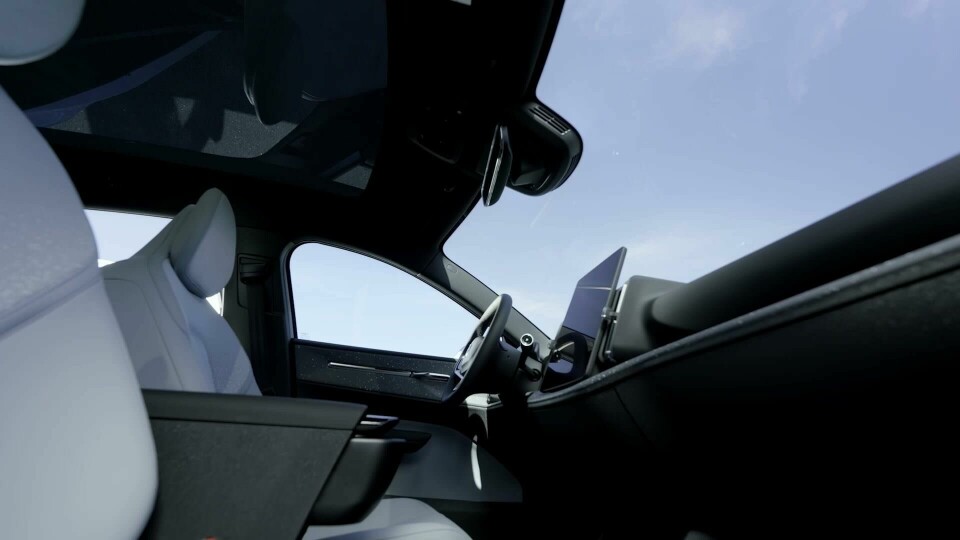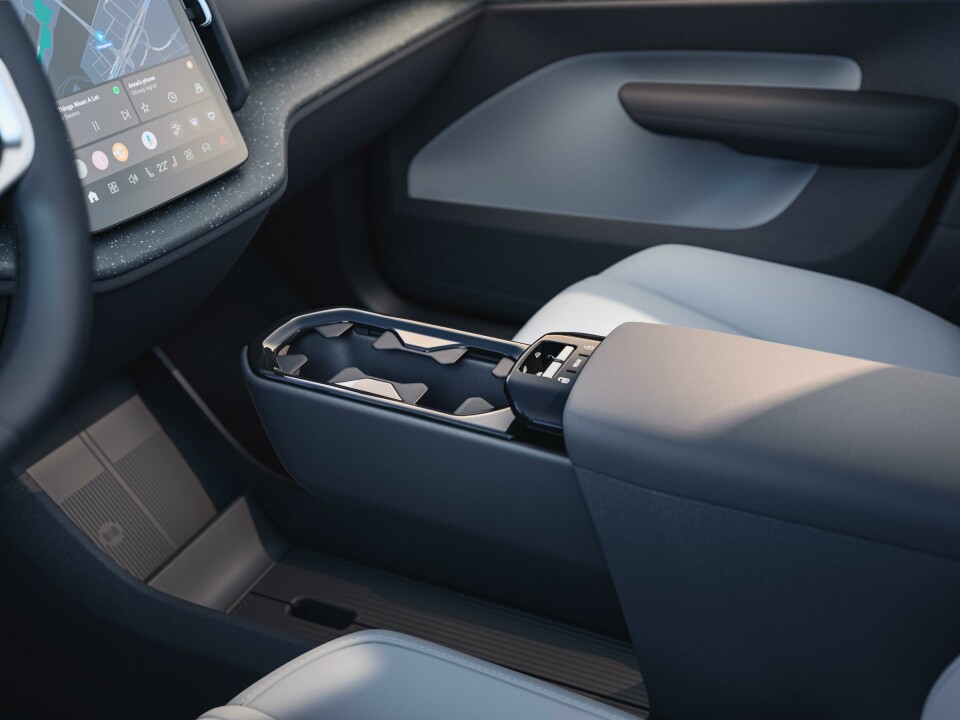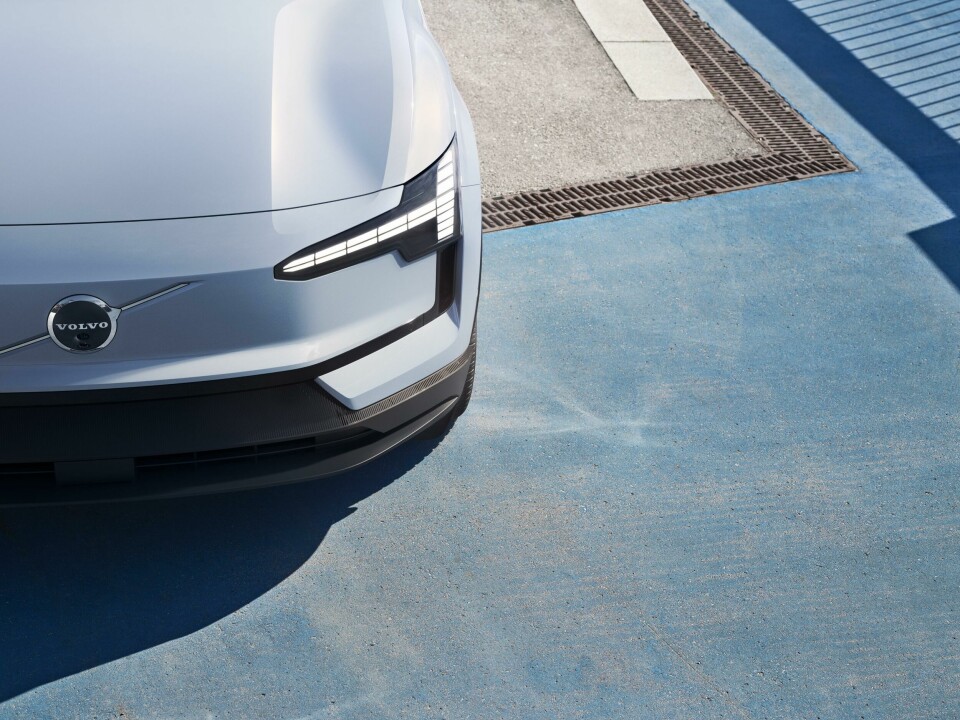
Interior Motives: Volvo EX30
The EX30 might be Volvo’s smallest SUV to date, but its significance is mighty
“Make the most sustainable car we have ever produced.” This was the brief set forward for the design team behind the Volvo EX30. Incidentally, it is the brand’s smallest SUV ever, but the effort to be green goes far deeper than making a lighter, more efficient car. This required the various divisions within design to sit down and – more than ever – think about how their usual goals could be achieved with this target in mind.
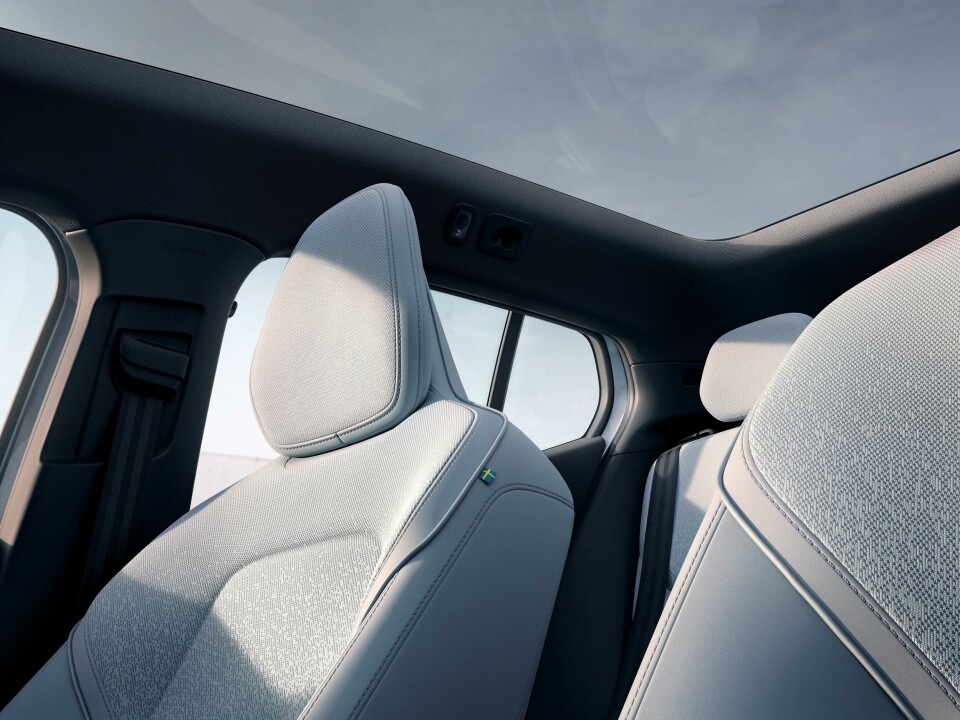
“At the very beginning we brought the different design departments together in various workshops where we defined the goals for our car,” explains Patrik Müller-Horn, senior interior design manager for the EX30. “We were very function-driven and considered many users and their daily struggles. That helped to create a true team spirit and common goals, which ultimately lead to a very coherent design and clean process.”
At 4,233 (L) 1,836 (W) and 1,555 (H) there was not much room to work with, so the team employed some clever strategies to create storage and open space. What would usually be the transmission tunnel was converted into a multi-functional unit with a sliding cupholder and storage unit, a dedicated area for two phones, a closable space for small personal items and a section in the centre console suitable for a handbag. Elsewhere, there are some “hidden delights” such as phone pockets in the back of the seats and a removable storage bin at the rear of the centre console. The glovebox was also moved from the passenger side to the centre of the car, improving leg space but also providing access for both front seat occupants.
How many people end up misusing the cupholders for storage! That proves the need for a flexible solution
“From the very start of the design development we knew we wanted to create a highly functional interior which adapts to different customer needs,” says Müller-Horn. “In the case of developing the centre glovebox, we would gather in a large room with whiteboards and markers and dive into intense brainstorming sessions, generating numerous potential solutions within a short period. The following day, we would refine those ideas and select the one to be mocked up in clay and 3D printed for further evaluation. This process was repeated until the final solution was found.”
He is particularly fond of the sliding cupholder storage: “How many people end up misusing the cupholders for storage! I´ve always thought that proves the need for a flexible solution in this area.”
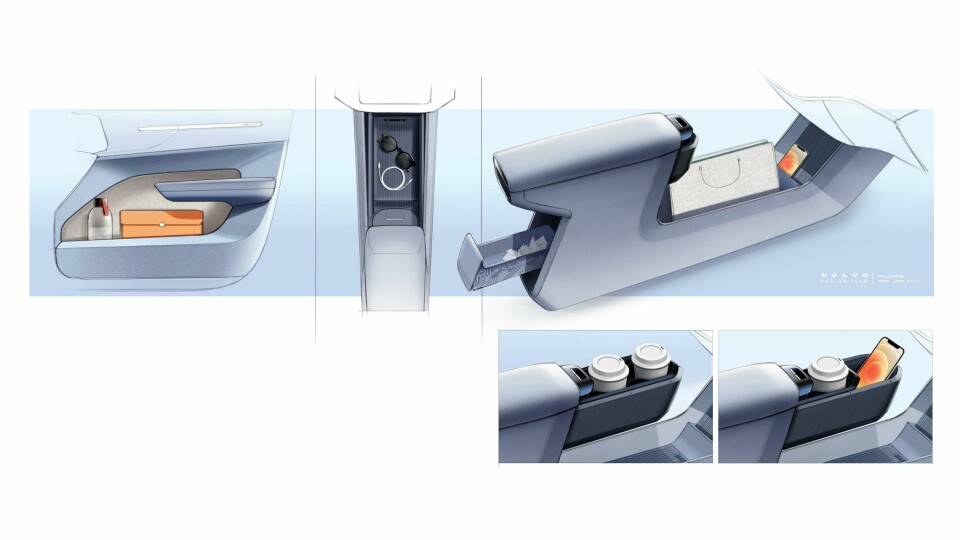
CMF teams now hold greater power than ever in the overall design process, and this is certainly evident with the EX30. Perhaps testament to this focus on materiality, the car was revealed not in Gothenburg but in Milan, the epicentre for fashion, furniture and product design. But there is very much a Scandi feel, with four themes that take inspiration from the likes of nature, fashion and sports. Mist and Pine utilise more natural materials and feel cosy and warm, while Breeze and Indigo focus on recyclability and are sportier. “The dimensions of the car were small, but we never wanted customers to feel small. Rather, they should be surrounded by a Scandinavian premium vast experience,” says senior CMF design manager Rekha Meena.
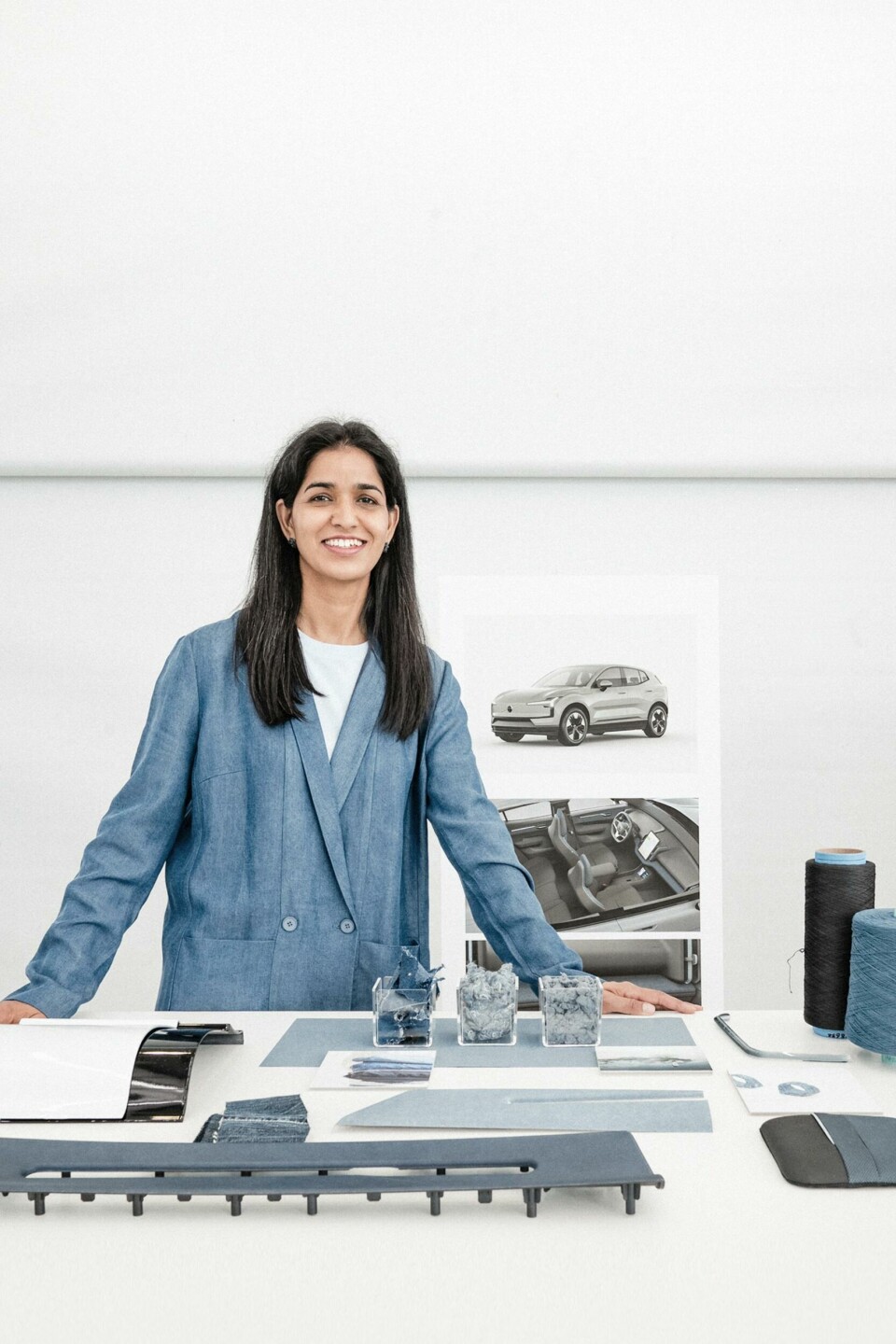
These interior themes pair nicely with specially-devised exterior paint options, all of which are inspired by Scandinavian landscapes: Moss Yellow, Cloud Blue, Vapor Grey, Crystal White, and Onyx Black. The Stone grain found on the lower of the IP, doors and tunnel console was also inspired by stone found in the historic town of Mariestad. This, of course, would not be immediately obvious to the end user, so a moose graphic has been added to the frunk as more of an explicit nod to the car’s Swedish roots.
‘Sustainability’ can be a slightly nebulous term but as far as percentages go, the EX30 is made of 25% recycled steel, 17% recycled aluminium and 17% recycled plastics. On the textiles front, there is plenty to shout about too. In Breeze trim, the seat upholstery uses 100% recycled polyester made from PET bottles, and the fact that it is knitted reduces the overall quantity of material required. In a first for the car industry, the ‘denim waste deco’ repurposes discarded jeans to create a paper-like texture while passing all of Volvo’s critical test parameters, “a difficult task for us,” admits Meena.
Elsewhere, the Particle deco uses ground plastic waste from discarded PVC window frames and roller shutters. “Each decor has its own unique look and creates a pattern inspired by the starry Scandinavian winter sky,” says Meena. All this is part of a gradual evolution of what ‘premium’ means, with leather and chrome no longer the default. “We challenged the status quo regarding materials within automotive,” continues Meena. “The usage of plastic waste material is a modern premium expression for the EX30 IP deco. We have given a second life to the materials that are discarded, and this is a step toward moving into a sustainable future.”
Users can jump into the car and have a very, very short learning curve
Reflecting on the development process – which began during the COVID pandemic – the team believe they challenged how sustainable design is approached. “We were working in a rather small team and were very aligned on our goals inside and outside of our design department,” says Müller-Horn. “This united strength helped us to work at a fast pace, make bold design decisions, and push for innovative solutions.”
One of those bold decisions was to consolidate components and effectively de-content the interior (although you’d struggle to tell.) Rather than simply eliminating parts or shunning certain technologies, multiple elements were bundled into single units without impacting functionality. For example, most speakers are housed in a sound bar at the front of the instrument panel, ideal for acoustics but also freeing up storage volume in the door pockets and creating a wider cabin.
The approach flowed into more discrete components and details too, such as the lack of bezels in the air vents which instead are mounted sideways; the bonus is that airflow is not interrupted by the steering wheel. The window defrosters are also integrated into the side air vents. “We recognised that the most sustainable object is the one that doesn’t exist,” says Müller-Horn. “This layout principle comes with the massive benefit that we create space and storage room around the passengers. At the same time, we reduce components, weight and lower the CO2 footprint of the car.”
In terms of UX there is a pleasant mix of physical controls and digital touchpoints. Design teams across the industry are constantly figuring out the right balance as technologies evolve, but in the case of the EX30 there were three guiding principles that kept the team on track: safety, simplicity and centralisation. “We pushed hard to design an infotainment system and vehicle controls built on top of our learnings from the last ten years, while packaging it in the most compact way possible to increase the amount and perception of interior space available,” says Jorge Furuya, head of car UX.
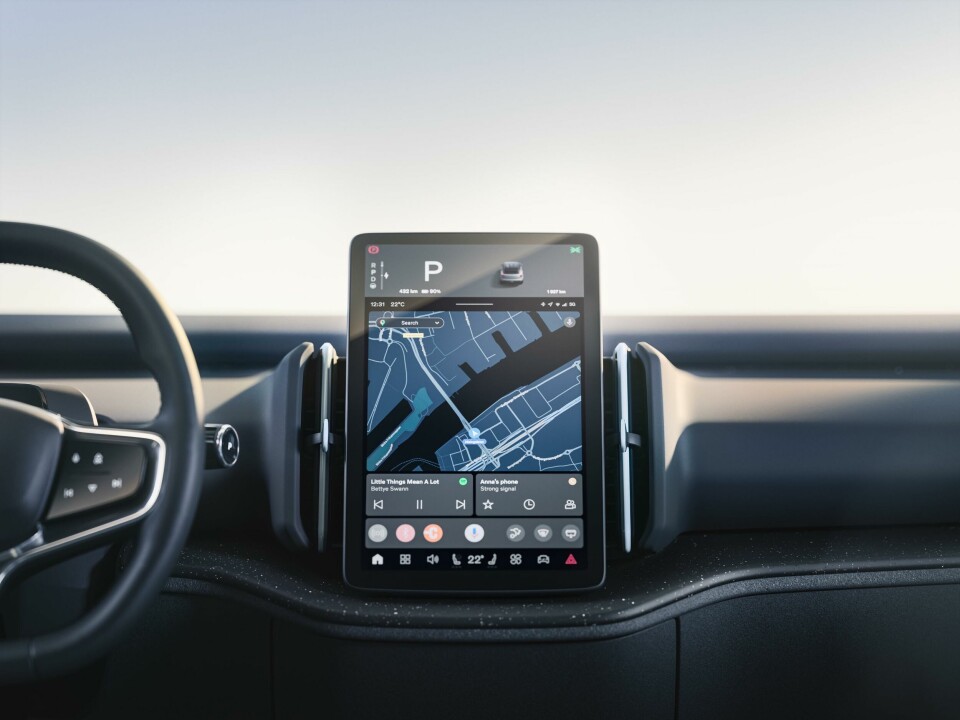
And although digital cockpits are the new standard today, there remains a wide variation in UX that can prove confusing particularly to new drivers or those who frequently swap between cars. To tackle this, Furuya and co. followed the principle of “design for reusable knowledge” so that users can “jump into the car and have a very, very short learning curve” not only for the EX30 but other models in the line-up.
This really was a tear-shedding moment for us
Information is also displayed in the right place at the right time, including the infotainment screen; the EX30 is in fact the first model to feature the latest vision of Volvo’s “humanistic” infotainment system. “Everything in front of the driver’s eyes – whether it is physical or digital – is information, so we try to prioritise having peoples’ eyes on the road,” says Furuya. “That is the safest behaviour we can incentivise, so all driving critical information – speed, speed limits, tell-tales, etc. – is located in the upper edge of the display, easy to glance at while keeping attention on the road.”
The EX30 began around four years ago, with 12 different themes sketched up by the design team to start with. Those were narrowed down to three proposals to be continued in CAD, with two eventually being mocked up in clay. CMF work began much earlier than with other projects – typically starting in parallel with the exterior/interior design phase – but Meena explains that some materials took a long time to develop for the EX30, in some cases as long as two to three years.
At times, it seemed as though the EX30 in its intended guise may never materialise. This all changed when the full-size prototype was finally ready, the eureka moment for the design team that instilled confidence in the rest of the project. “This was the moment that changed peoples’ minds and we started to think this is 100% doable. Before that there were some doubts, so this really was a tear-shedding moment for us.”
